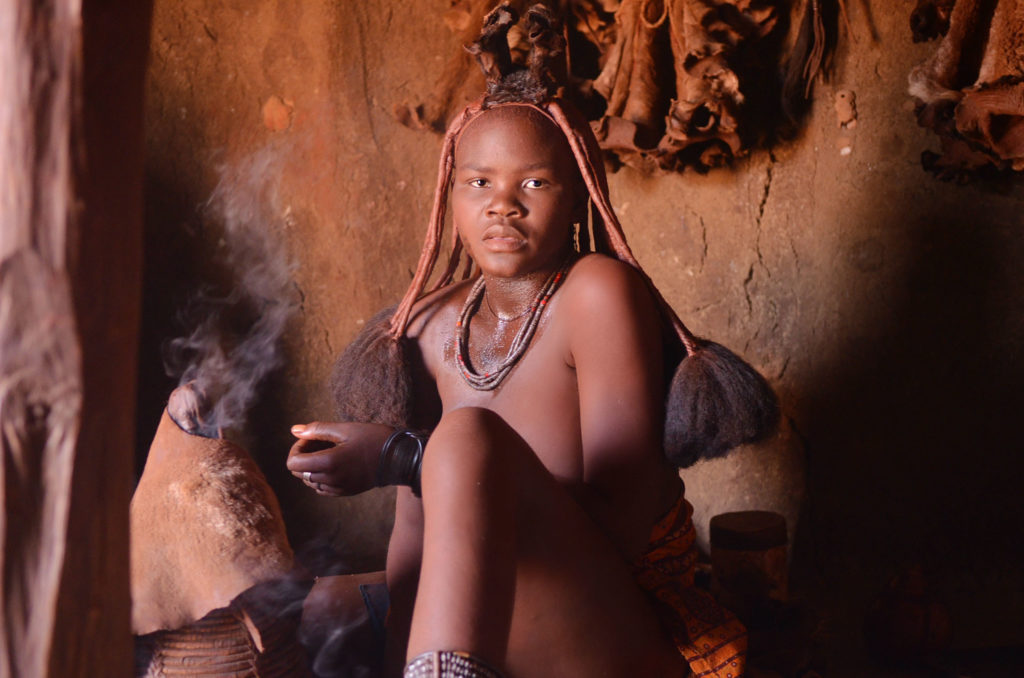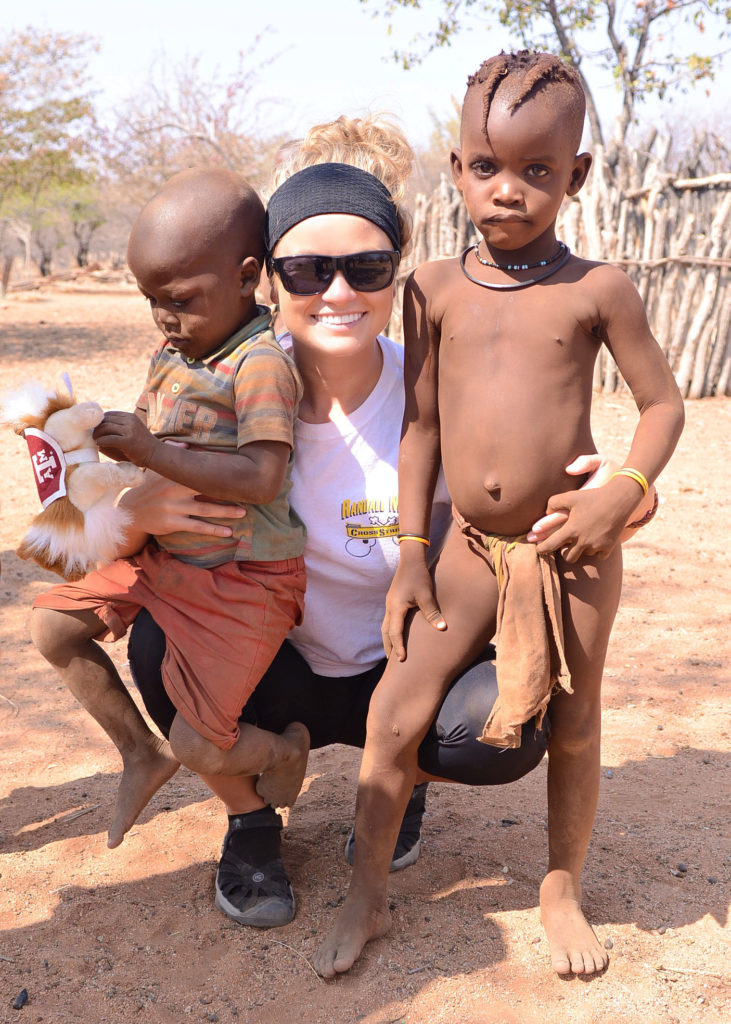One of the many reasons we travel is to learn and experience; Namibia has given me and my classmates the opportunity for both of these. However, learning about and experiencing the different cultures has stood out to me the most.
Namibians are extremely prideful in their cultural heritage. I have been truly impressed by how they uphold their ways of life. Elena Franchi explained that cultural heritage is “a shared bond or belonging to a community.” It stands for our history, identity, past, present and future.
Because Namibians are so prideful in their heritage, this sometimes leads to difficulties in adapting to the modern world. While discussing food insecurities at the University of Namibia, I learned that there are villages in the mountains that can’t easily accept food aid that they often need. One of my peers questioned why they don’t move. As simple as that may sound, it’s just not an option. The villagers care so much about their cultural heritage that they cannot fathom moving their entire families.
After realizing how important cultural heritage is to Namibians, and many African countries, non-profit organizations decided to help preserve culture and provide economic opportunities to the native people. The Living Culture Foundation is a non-profit German-Namibian organization that helps communities establish projects from which they can profit. It gives these communities the ability to retain their cultural identity not only for themselves, but for many tourists that desire to learn about it.
While in Namibia I was able to visit the Damara living museum. At first I was skeptical knowing that the people in this village would later go back to their homes and a more modern way of life. However, our tour guide, Bernd Schneider, informed me that although they may wear normal clothes and have a cell phone, they still live in mud huts and practice some traditional skills.

A Damara man shows us how they traditionally start fires. A small stick is moved quickly against a piece of wood to create sparks.
Being at the Damara Living Museum was such an incredible experience. We learned how the Damara people started fires, made clothing and used plants for food and medicine. We watched and interacted with some of the Damara women making jewelry and crafts, which we later had the option to purchase.
We also had the opportunity to visit a Himba village, which was home to eight men, 24 women and 59 children. They live in mud huts, raise cattle, chickens and goats, and practice very traditional skills. When I asked our male Himba guide if the children often come back to the village after attending school he responded with a different answer than I expected. He said traditionally the women are expected to come back and live in the village. Because they do all of the daily work, the village wouldn’t continue without them.
I was surprised to learn that even though it’s Namibian law, many times parents don’t allow the girls to attend school in order to make sure they stay in the village. I believe the Himba’s strategy in preserving their cultural heritage is more of a forced strategy on the Himba women.
Although there are many different ways that the different cultures in Namibia preserve their heritage, it is definitely something that is extremely important to the native people. Heritage is something that I hope to bring back with me to the states and make more important in my own life.

